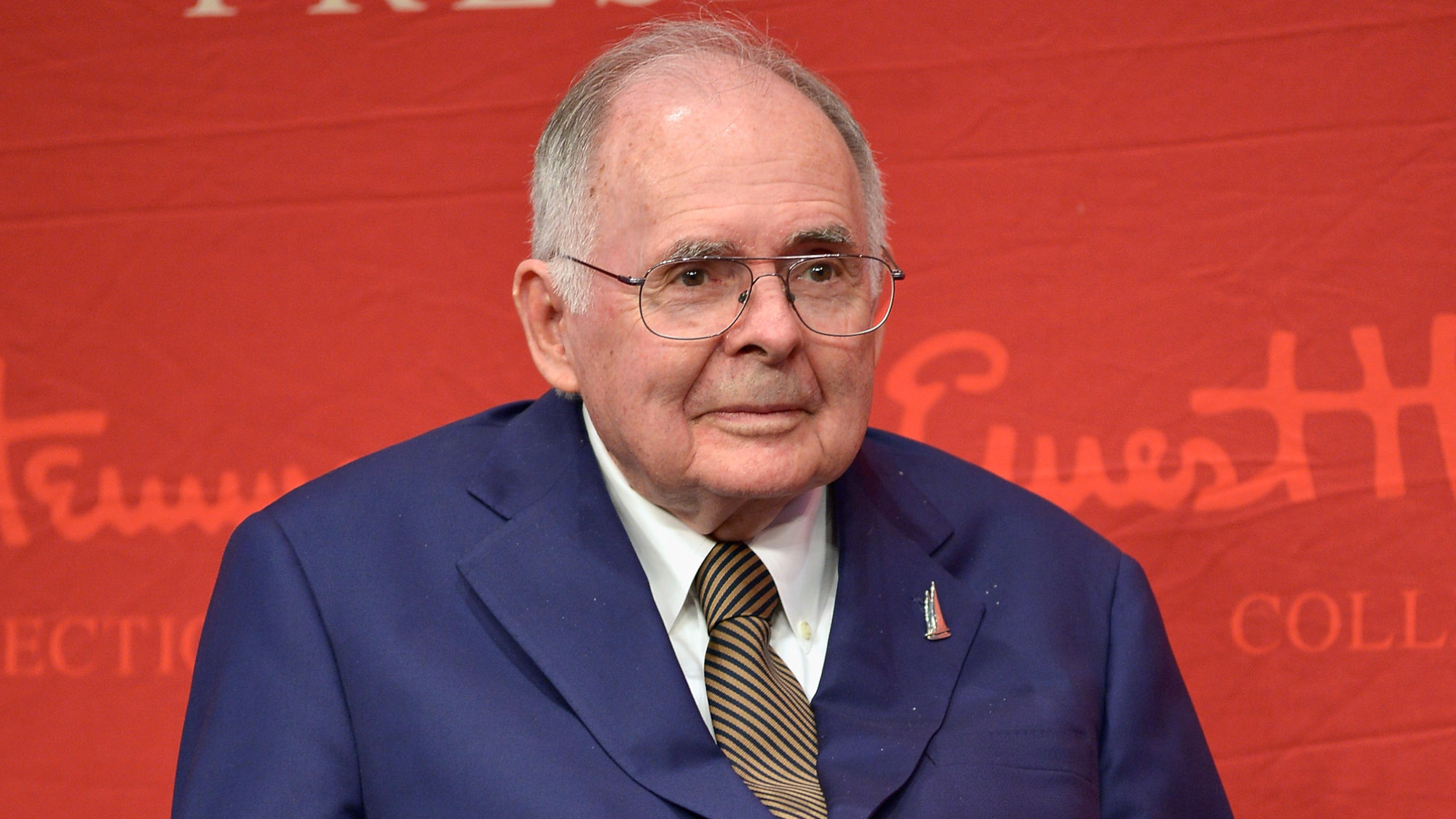John McCarthy, 1927–2011
The father of artificial intelligence
In the mid-1950s, mathematician John McCarthy issued a call for research papers on “automata studies,” but the dull phrase drew few responses. So McCarthy, then an assistant professor at Dartmouth College, came up with a more enticing description for his idea. He called it artificial intelligence. Over the next 40 years, his pioneering research in this new field would lead to the use of robotics in everything from assembly lines to space exploration. “John’s work was the key to robotics,” said former Stanford professor Lester Earnest. “As a result, very soon now we’ll be seeing robotic taxis and robotic buses on our streets.”
“McCarthy showed genius at a young age,” said the Los Angeles Times. Born in Boston to Irish and Lithuanian immigrant parents, he was a sickly child and started school a year late. After his family moved to Los Angeles for his health, he began teaching himself calculus from college textbooks. At the age of 16, he was already attending graduate classes at the nearby California Institute of Technology.
He found his life’s work at a 1948 Caltech symposium that brought together some of the world’s leading experts on computer science, mathematics, and the brain. Listening to speakers like British mathematician Alan Turing, McCarthy realized “that machines could be made to think like humans,” said The Washington Post. His attempts at creating a smart computer yielded numerous breakthroughs.
The Week
Escape your echo chamber. Get the facts behind the news, plus analysis from multiple perspectives.

Sign up for The Week's Free Newsletters
From our morning news briefing to a weekly Good News Newsletter, get the best of The Week delivered directly to your inbox.
From our morning news briefing to a weekly Good News Newsletter, get the best of The Week delivered directly to your inbox.
While working at the Massachusetts Institute of Technology in the late 1950s, “he invented what he called the List Processing Language, or Lisp, which is still the language of choice for AI researchers,” said the San Francisco Chronicle. And in the early 1960s he developed time-sharing—a system that allowed many people to share data by linking to a central computer. Time-sharing is now considered “the forerunner of networking, the Internet, and, ultimately, cloud computing.”
At the time of his death, McCarthy was working on a new language called Elephant. “He was always focused on the future,” said Ed Feigenbaum, a professor emeritus of computer science at Stanford and a former colleague of McCarthy’s. “Always inventing, inventing, inventing.”
A free daily email with the biggest news stories of the day – and the best features from TheWeek.com
-
 A luxury walking tour in Western Australia
A luxury walking tour in Western AustraliaThe Week Recommends Walk through an ‘ancient forest’ and listen to the ‘gentle hushing’ of the upper canopy
-
 What Nick Fuentes and the Groypers want
What Nick Fuentes and the Groypers wantThe Explainer White supremacism has a new face in the US: a clean-cut 27-year-old with a vast social media following
-
 5 highly amusing cartoons about rising health insurance premiums
5 highly amusing cartoons about rising health insurance premiumsCartoon Artists take on the ACA, Christmas road hazards, and more
-
 Joanna Trollope: novelist who had a No. 1 bestseller with The Rector’s Wife
Joanna Trollope: novelist who had a No. 1 bestseller with The Rector’s WifeIn the Spotlight Trollope found fame with intelligent novels about the dramas and dilemmas of modern women
-
 Frank Gehry: the architect who made buildings flow like water
Frank Gehry: the architect who made buildings flow like waterFeature The revered building master died at the age of 96
-
 R&B singer D’Angelo
R&B singer D’AngeloFeature A reclusive visionary who transformed the genre
-
 Kiss guitarist Ace Frehley
Kiss guitarist Ace FrehleyFeature The rocker who shot fireworks from his guitar
-
 Robert Redford: the Hollywood icon who founded the Sundance Film Festival
Robert Redford: the Hollywood icon who founded the Sundance Film FestivalFeature Redford’s most lasting influence may have been as the man who ‘invigorated American independent cinema’ through Sundance
-
 Patrick Hemingway: The Hemingway son who tended to his father’s legacy
Patrick Hemingway: The Hemingway son who tended to his father’s legacyFeature He was comfortable in the shadow of his famous father, Ernest Hemingway
-
 Giorgio Armani obituary: designer revolutionised the business of fashion
Giorgio Armani obituary: designer revolutionised the business of fashionIn the Spotlight ‘King Giorgio’ came from humble beginnings to become a titan of the fashion industry and redefine 20th-century clothing
-
 Ozzy Osbourne obituary: heavy metal wildman and lovable reality TV dad
Ozzy Osbourne obituary: heavy metal wildman and lovable reality TV dadIn the Spotlight For Osbourne, metal was 'not the music of hell but rather the music of Earth, not a fantasy but a survival guide'